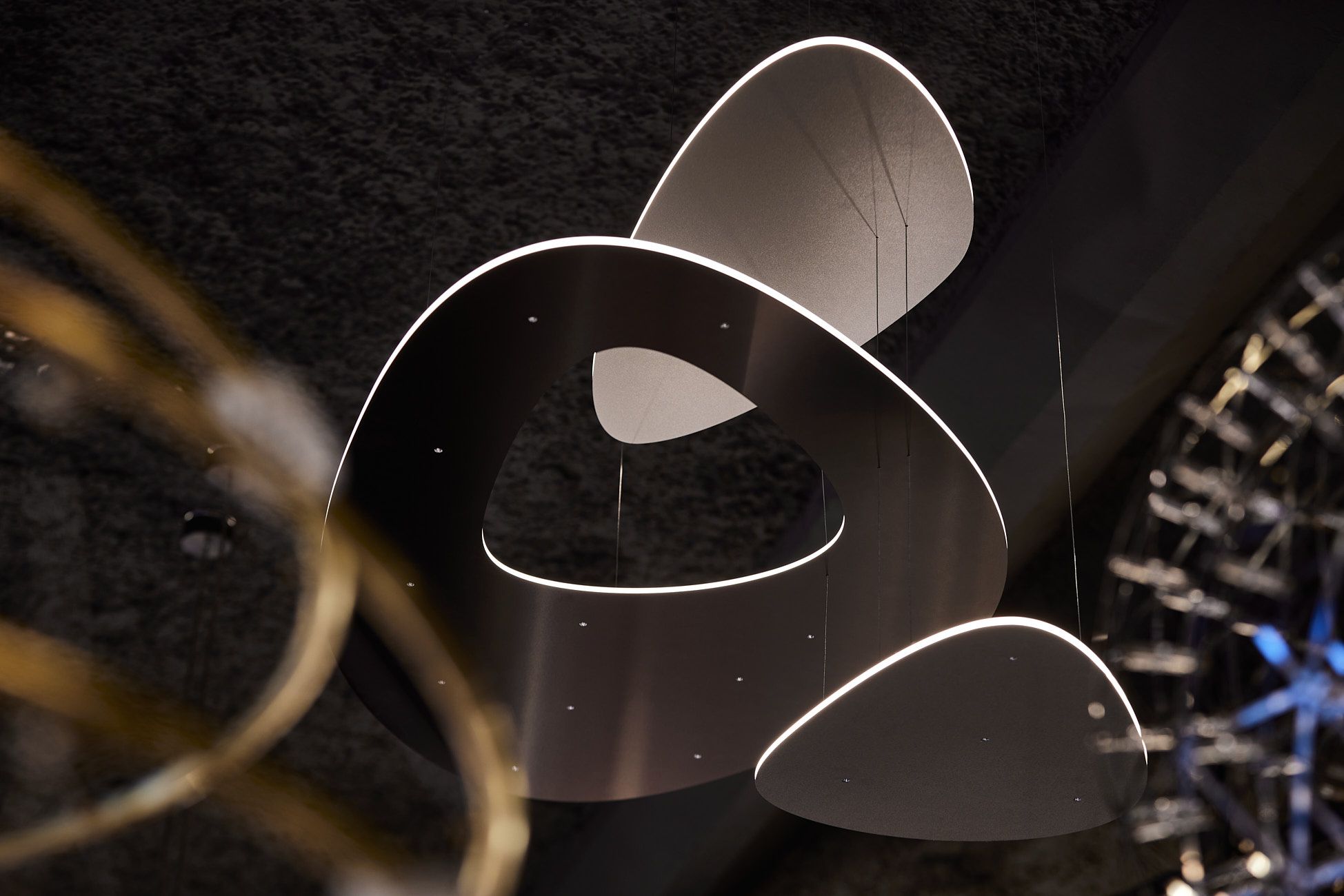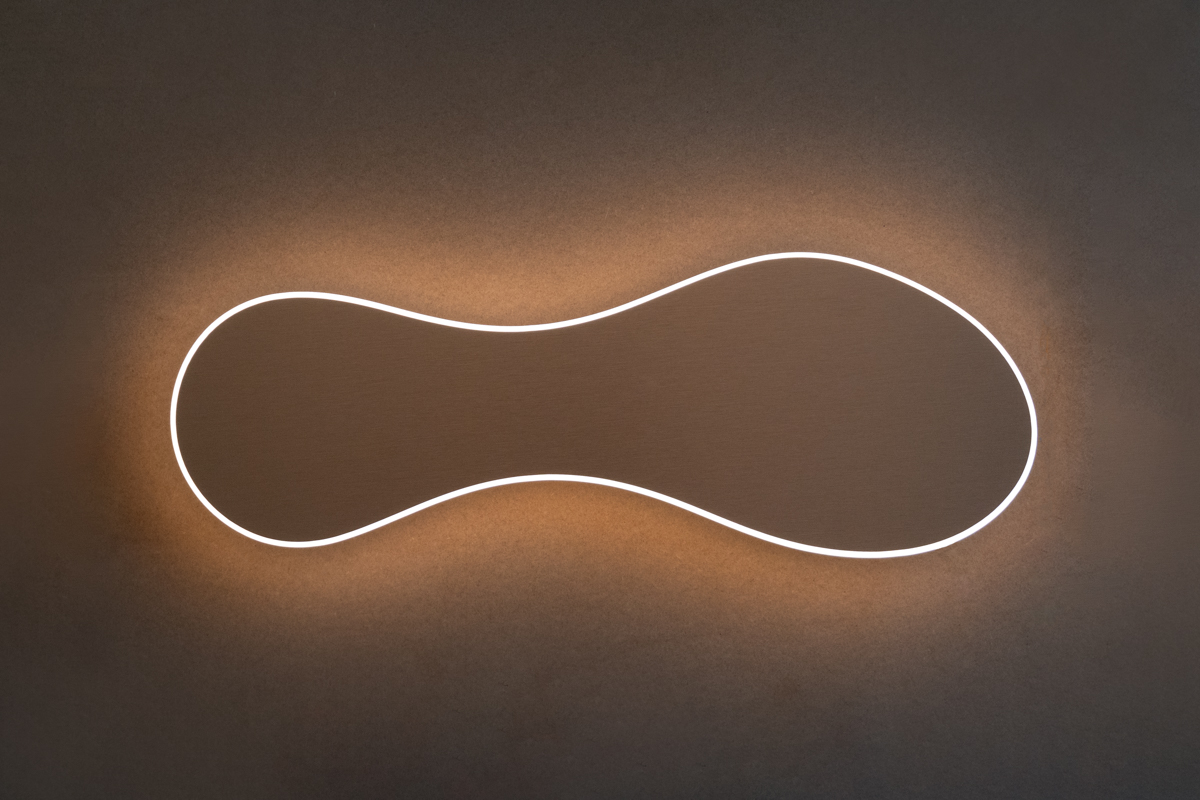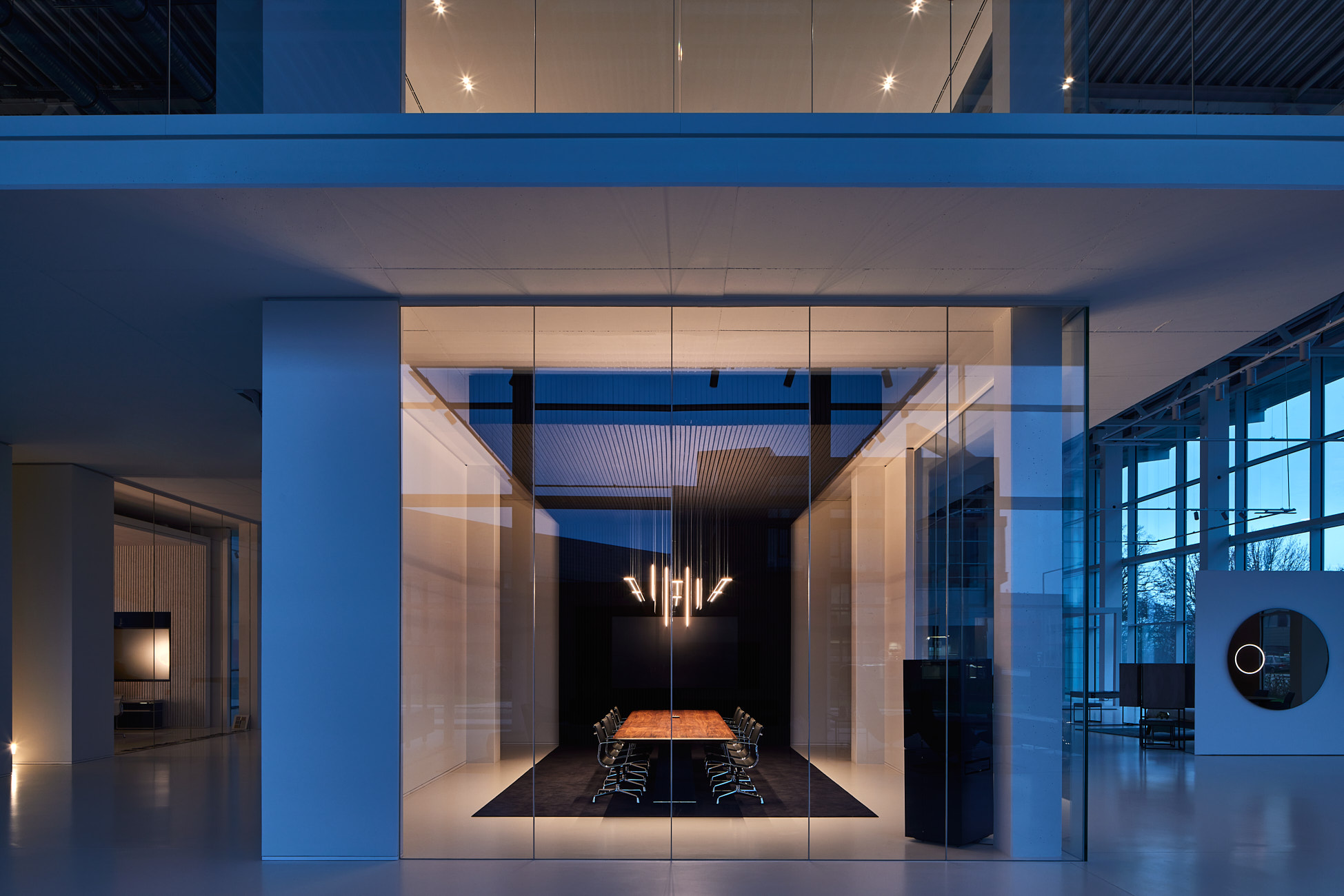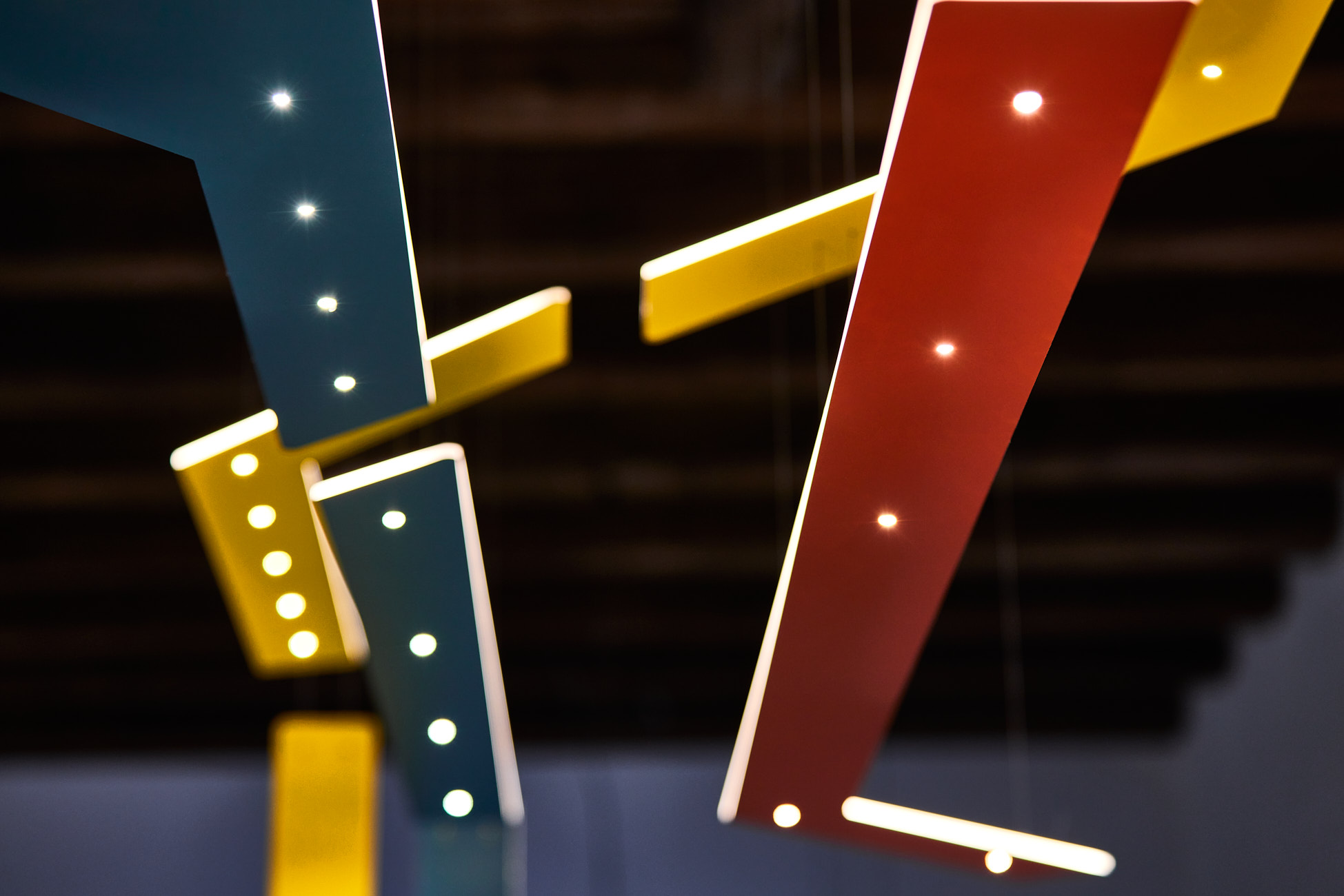
Lighting systems
Modern solutions for lighting, design, and efficiency

What are modern lighting systems?
Modern lighting systems go far beyond the traditional function of providing light. They combine innovative technologies, energy efficiency, and aesthetic design to create lighting solutions that are both functional and atmospheric. Factors such as automation, lighting control, and adaptability play a central role in this. Smart systems can be controlled via an app or voice command, for example, and offer dynamic lighting concepts that meet individual needs.
Another feature of modern lighting systems is their sustainability. By using energy-efficient technologies such as LEDs, they help to reduce energy consumption while protecting the environment. In addition, they often offer modular designs that can be easily adapted to different room concepts.
What are lighting systems?
Lighting systems are an essential part of our everyday lives and influence both the functionality and aesthetics of rooms and environments. They go far beyond simply providing light and combine modern technology, design, and function to meet specific requirements. Whether in private homes, public facilities, or industry. Lighting systems are crucial for creating atmosphere, productivity, safety, and comfort.
The development of lighting systems has made enormous progress in recent years. Thanks to modern technologies such as LED lighting, smart lighting, and energy-efficient concepts, today's systems are not only durable and resource-efficient, but also individually customizable. They offer the ability to control light in terms of color, intensity, and direction to meet various requirements, whether it's creating a focused work environment or a relaxing living atmosphere.
In addition, lighting systems play an important role in sustainability. By integrating intelligent controls and energy-saving technologies, they help to reduce energy consumption and protect the environment. At the same time, lighting systems are becoming a central element in digital networking by being integrated into smart home systems and IoT platforms.
But what exactly are lighting systems, how do they work, and what possibilities do they offer in different areas?
Types of lighting systems: From conventional to smart
There are a variety of lighting systems that can be used depending on your needs and application. Here is an overview of the most important types:
Conventional lighting systems
These systems include traditional light sources such as incandescent bulbs, halogen lamps, and fluorescent tubes. Although they are inexpensive to purchase, they have lower energy efficiency and service life compared to modern alternatives.
LED lighting systems
LEDs have become the standard in the lighting industry. They are energy-efficient, durable, and offer a wide range of light colors and intensities. LED systems are suitable for both functional and decorative applications.
Smart lighting systems
Smart systems offer a high degree of flexibility and can be controlled via apps, voice assistants, or sensors. They can be automatically adjusted based on schedules, occupancy, or daylight conditions. These systems are ideal for modern homes, offices, or public spaces.
Indirect lighting systems
Indirect lighting creates a pleasant atmosphere by reflecting light off walls or ceilings. These systems are often used in living rooms, hotels, or restaurants to create a cozy ambiance.

Hybrid-Systems
Hybrid systems combine different types of lighting and offer maximum flexibility. For example, you can combine direct and indirect lighting to create both functional and atmospheric lighting conditions.
The perfect combination of design and functionality
Modern lighting systems must not only be functional, but also visually appealing. Design plays a crucial role, especially in residential and commercial spaces where lighting concepts are part of the interior design. Minimalist designs with clean lines and high-quality materials such as metal, glass, or wood are particularly in demand.
However, functionality does not only mean that the light illuminates the room optimally. It also includes aspects such as:
- Dimmability: Light intensity can be adjusted to suit different situations.
- Color temperature: Warm or cool light for different atmospheres.
- Flexibility: Modular systems that can be easily adapted to new requirements.
- Designer lights and intelligent systems manage to meet these requirements while also creating a visual highlight.
Industry solutions: Lighting systems for offices, hotels, and public spaces

Every industry has specific requirements for lighting systems. Here are a few examples:
Offices
In offices, functional lighting is crucial for promoting productivity and employee well-being. Glare-free light and a combination of direct and indirect lighting ensure optimal working conditions. Smart systems that adjust the light to the time of day can also increase concentration.
Hotels
Lighting concepts play an important role in the guest experience at hotels. Warm, inviting light in the lobby and rooms creates a cozy atmosphere, while accent lighting in restaurants or spa areas creates a luxurious ambience.
Public spaces
In public spaces such as museums, theaters, or shopping centers, lighting systems must be both functional and decorative. They highlight important areas, provide orientation, and contribute to safety.
The role of light temperature and brightness in lighting systems
The right light temperature and brightness are crucial for creating pleasant and functional lighting. Light temperature is measured in Kelvin and influences the perception of light:
Warm white (2,700-3,000 K): Ideal for living spaces, restaurants, and hotels. It creates a cozy and inviting atmosphere.
Neutral white (3,500-4,500 K): Perfect for offices and workspaces. It ensures clear visibility and enables concentrated work.
Daylight white (5,000-6,500 K): Used in hospitals or laboratories where precise lighting is required.
The brightness, measured in lumens, should be adjusted to the size of the room and its intended use. Dimmable lighting systems offer the option of flexibly adjusting brightness and light temperature.
Create customized lighting systems with SparkShape
When it comes to customised and innovative lighting systems, SparkShape is the perfect partner. SparkShape offers tailor-made solutions that combine design and functionality. Whether for living spaces, offices or public facilities – SparkShape provides lighting concepts that are perfectly tailored to your needs.
With sustainable materials, state-of-the-art LED technology, and a wide range of designs, SparkShape is setting new standards in the lighting industry. Individual consultation and the ability to adapt lighting systems to specific requirements make SparkShape the first choice for discerning customers.
Discover SparkShape's innovative lighting solutions and make your rooms shine!
